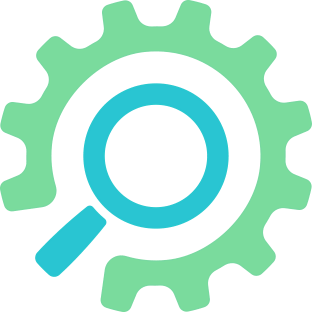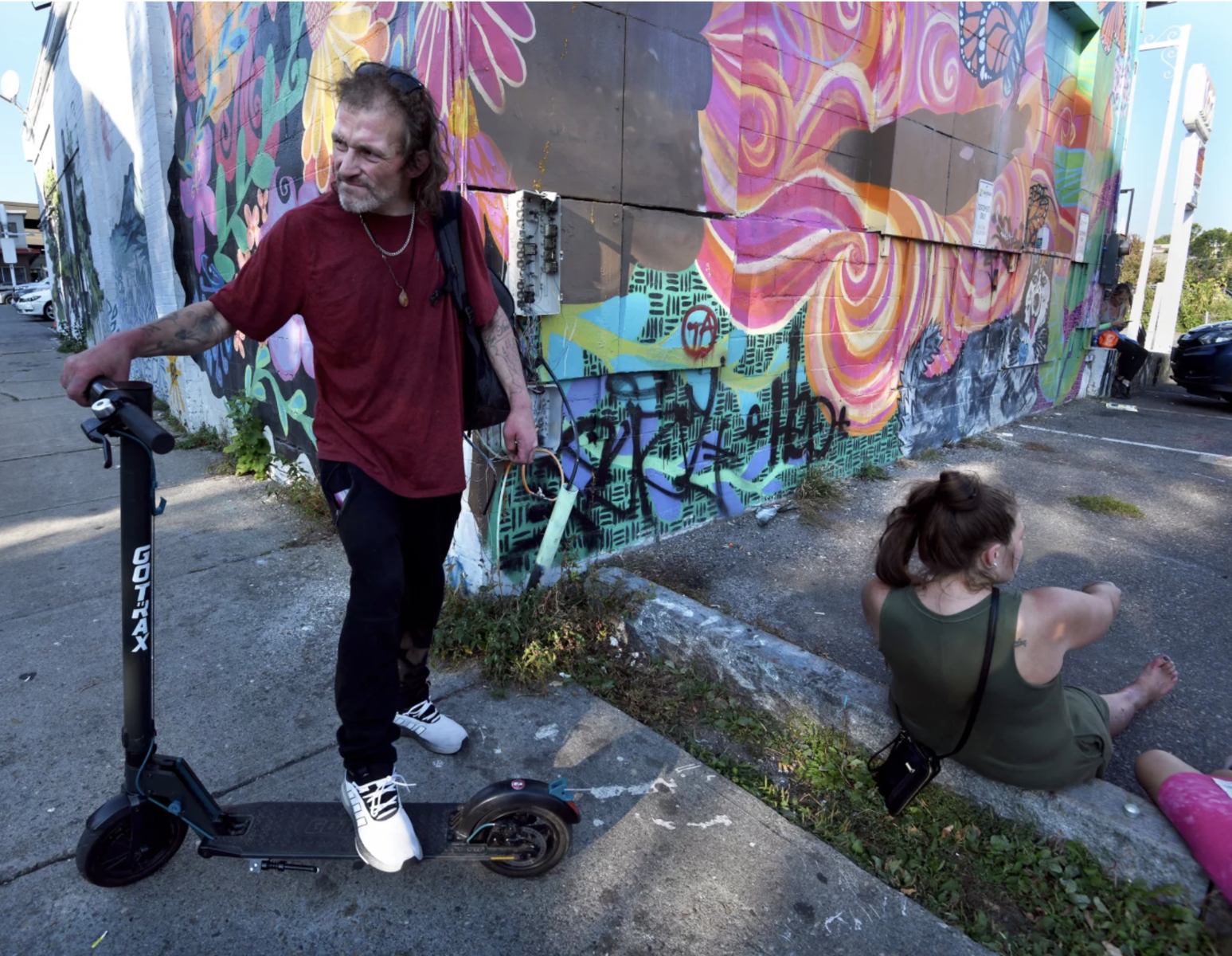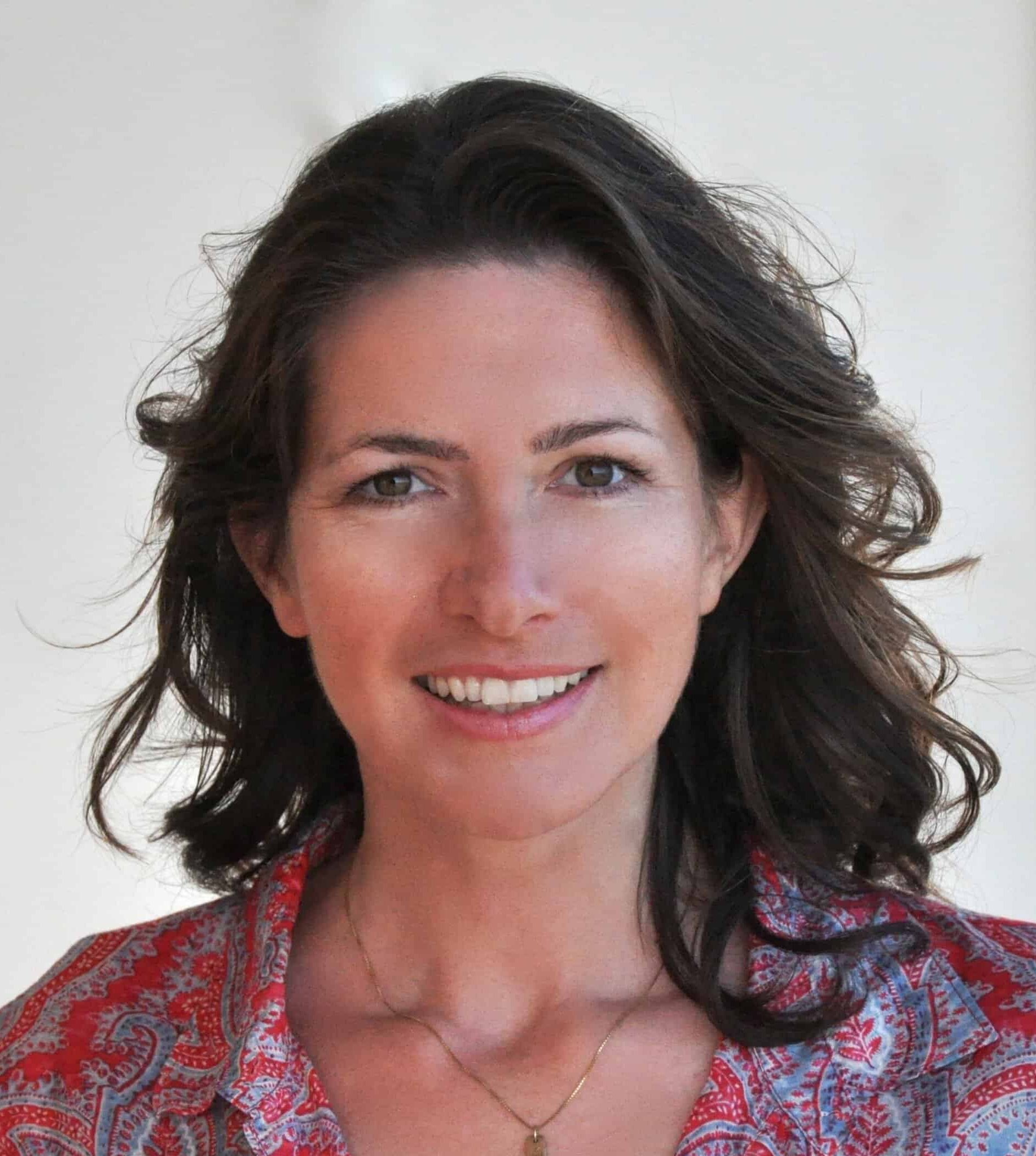

A Patient Is a Person is a series about how whole-person health is transforming the patient journey. It is supported by funding from UPIC Health.
When John Duff first heard about the California plan to pay amphetamine addicts for staying sober, his initial reaction was disbelief. “I couldn’t wrap my head around it because especially for people like me who’ve been around for a long time, it sort of goes against everything I’ve ever heard,” says Duff, who has been working as an addiction counselor at the substance abuse counseling center Common Goals in Grass Valley, California, since 2005. But since he started piloting the program at Common Goals in January 2024 with 45 of its 140 clients, he has grown into a supporter: “It really works, and frankly, it’s the cheapest of all our programs. The taxpayer gets the most bang for their buck.”
Unlike for alcohol or heroin, there are no targeted medications to help drug users wean off stimulants like cocaine and methamphetamine. While the deadly opioid crisis might make more headlines, 65 percent of drug-related deaths in California now involve stimulants, especially meth. Deaths from these kinds of stimulants more than quadrupled between 2011 and 2019, and the number of amphetamine-related E.R. visits increased nearly 50 percent between 2018 and 2020, according to an analysis by the Oakland nonprofit California Health Care Foundation. Therefore the state is urgently looking for new ways to rein in the drug crisis, and in early 2023, it began the controversial experiment: paying people to stay sober. This could be one part of the puzzle in securing an unexpected outcome: For the first time in decades, overdose deaths have plummeted by 10 percent between April 2023 and April 2024.

Two dozen counties, including San Francisco, Los Angeles and Orange, are participating in the “recovery incentive” or “contingency management,” as it’s called. The state has allocated $60 million for the pilot phase. The 24-week program essentially uses positive reinforcement with the aim of readjusting people’s brains so they associate being sober with gratification. After each negative drug test, they receive a reward. For the first negative test, they get a gift card in the amount of $10, for the second $11.50, up to $26 or a total of $599 (because any amount larger than that needs to be reported to the IRS). It is part of a bigger initiative, CalAIM, to connect the most vulnerable and high-need citizens with resources and non-traditional benefits in a whole-person approach.
“We are encouraged to give them their incentive immediately because the reward stimulates the reward center in the brain in the same way gambling or methamphetamines do,” Duff explains. “Though they could take the gift card and immediately get a burger at Burger King, many of them want to wait and ‘bank’ the reward until they can get something bigger, maybe Nikes at Walmart for their kids or a gas card.”
Weighed down by negative news?
Our smart, bright, weekly newsletter is the uplift you’ve been looking for.Common Goals is the only outpatient addiction counseling center in rural Nevada County, which has about 100,000 inhabitants. For someone to enroll in its contingency management program, they need to be a member of Medi-Cal, the state’s Medicaid program for low-income residents, and they need to have a confirmed diagnosis of addiction to stimulants such as methamphetamine or cocaine. After an initial medical exam, they come in twice a week, and later once a week, for the urine test.
Though the incentives are not life-changing, “they really do keep people coming back,” Duff has observed, “especially the homeless population.”
“It’s that little something that’s holding me accountable,” Common Goals client Quinn Coburn, a former construction worker who is trying to overcome his meth habit, told the Los Angeles Times.
Most importantly, when clients test positive, there are no negative consequences. They simply don’t get their reward and drop back to the initial $10 the next time they deliver a negative test. “If they test positive, we take it as an opportunity to engage with them,” Duff explains. “We say, ‘We’re glad you’re here. Let’s sit down and talk about what happened.’ The goal is to keep them completely engaged. The longer they stay talking to a counselor, the better off their chances in the long run.”
The urine test shows 14 different substances, and clients get the incentive when they test negative for stimulants even if they test positive for other narcotics, marijuana or alcohol. “It gives us an opportunity to talk to them about the other substances, like, ‘Hey, do you want to work on that?’” Duff clarifies. “But they aren’t penalized for it. That’s key to them coming back.”
California has been rolling out the program since 2023 in several dozen treatment centers for nearly 3,000 patients. The state was able to rely on solid science before implementing it, because the Department of Veterans Affairs has been using this method since 2011, treating over 6,000 veterans, and on average, more than 91 percent of samples tested negative. A 2021 meta-analysis of treatment approaches confirmed that the contingency management model “showed the strongest evidence” and had a “significant” impact on 82 percent of users.
Montana, Washington and Delaware have begun running similar programs through Medicaid, and four other states are requesting federal approval.

“It’s by far the cheapest intervention in the substance use disorder field,” Duff says. Methadone, commonly used as an agonist to opioid addiction, costs about $78 per day, and group talk therapy about $240 per week. “With contingency management, essentially you’re giving an addict $100 a month. You can’t even book a jail cell for that,” Duff points out. “I know how rare treatment dollars are, so if I was wasting treatment dollars, I would have a real bad time with this, but this works. It gets people started and it keeps them engaged, which is great.”
Common Goals makes it difficult to cheat by dyeing its toilet water with blue disinfectant so clients can’t dip in their testing cup, and by turning off the hot water in the bathroom, so clients can’t warm up urine samples they might have brought in. Also, the test will reveal if anything has been added to the sample and if it has the wrong pH. But generally, cheating has not been an issue with this program at Common Goals. This is markedly different from the drug-testing program that is run by Child Protective Services on the first floor of the two-story Common Goals building. “It’s not like on the first floor, where people on probation come in, and the custody of their child might be on the line, or they might go back to jail if they re-offend,” Duff explains.
Common Goals currently serves about 140 outpatients and is about to add a residential co-ed facility with 28 beds for detox. Out of the 45 clients who started the program, 36 are still enrolled. “If they move out of the county, into a residential rehab program or if their Medi-Cal expires for whatever reason, let’s say they get a job, then they are no longer eligible,” Duff says.
In fact, Duff has been so impressed with the results that he would like to see the program expand. For instance, he is increasingly worried about the marijuana habits of teenagers in his county in the foothills of the Sierra Nevada: “Marijuana is a mental health catastrophe up here, and it is often related to early onset of schizophrenia, which is super expensive to treat.” On one of his monthly calls with other providers, the Department of Healthcare Services, and UCLA, he plans to suggest to the state that it look into whether the contingency management program could work for marijuana users, too. “I think the program’s adaptable.”






